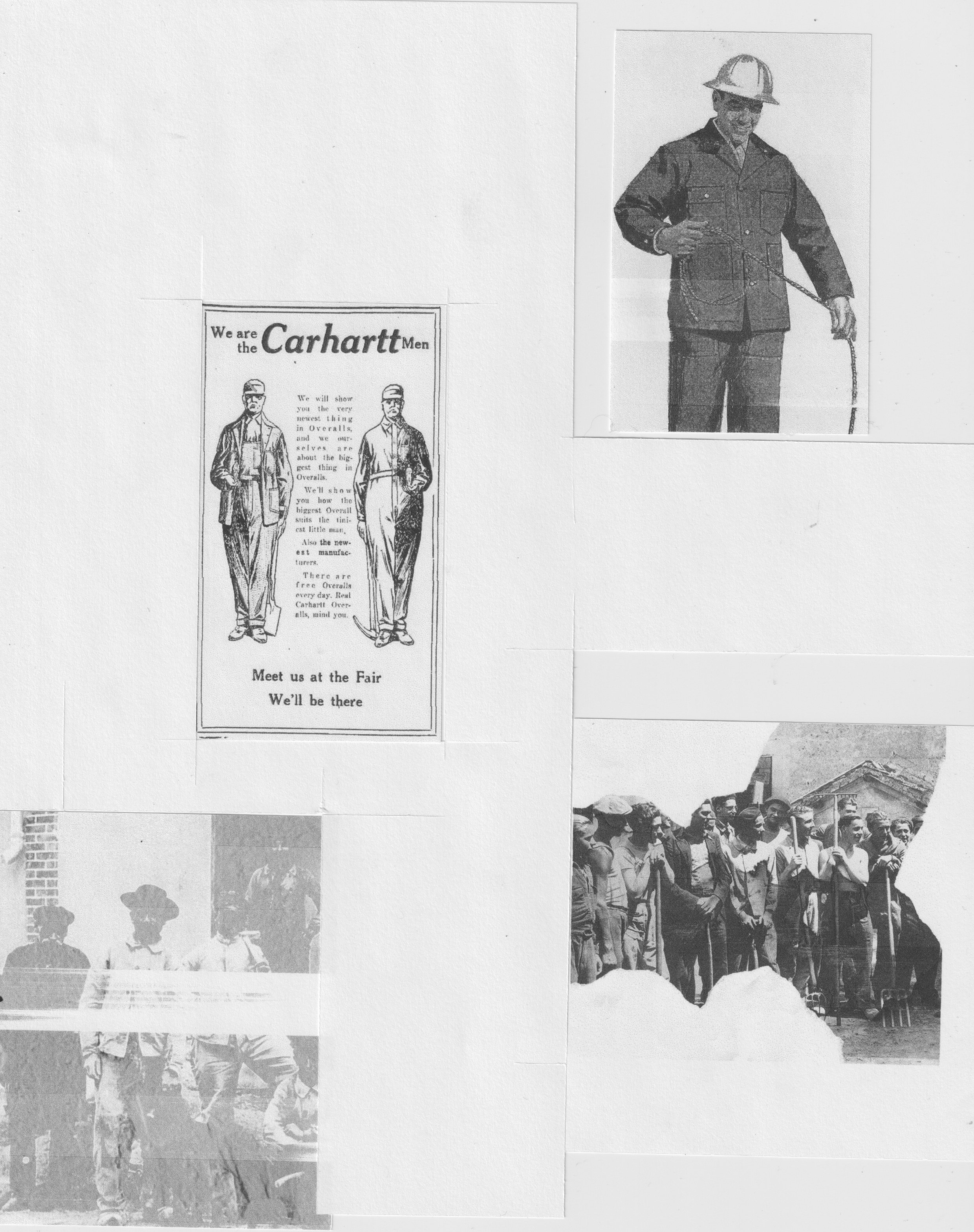
Chore Jacket 001

Chore jackets…
Strong enough to survive on the backs of 19th-century French factory workers, where it was birthed, to being re-pieced together from one job to the next.
Originally dyed with benzoate-based blue dye coining the moniker “bleu de travail” translating to “blue work.” Not to be confused with the American term “blue collar” which originated from chambray work shirts worn by labor workers at the time. Dying chore jackets a specific blue was a mask to hide stains from manual labor.
It wasn’t until the jacket found itself leaping across the pond to the U.S. that it gained the infamous name “Chore Jacket,” where it found its new home amongst American laborers. Ranging in variation over the decades, picking up small differences here and dropping off others there, like the brief inclusion of watch pockets in the 1950s, the U.S. interpretations of the chore jacket found shelter in all your favorite utilitarian staple brands.
A few details stayed tried and true regardless of interpretation, such as; the pocket real estate which made it easy for laborers to hold various tools at once without the need for a cumbersome toolbox, a roomier silhouette as it was intended to be worn with overalls, button closures because zippers can be fickle bitches, and at least one breast pocket.

American milled cotton/hemp selvedge denim from Tuscarora Mills in Bedford, Pennslyvania.
Lined pockets with rounded corners, a slightly larger collar, corozo buttons with corozo anchor buttons on the interior, a ticket pocket on the wearer’s right side, a good wash to break everything in, and selvedge lines wherever I could get away with it.







